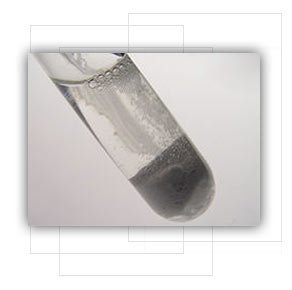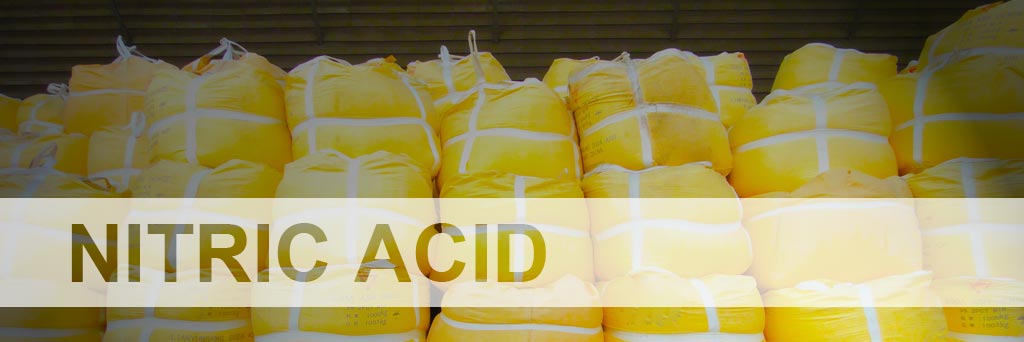| |
Nitric Acid or aqua fortis, or "strong water," in alchemy, is a solution of HNO3 in water. Being highly corrosive, the solution was used in alchemy for dissolving silver and most other metals with notable exceptions of gold, which can only be dissolved using aqua regia. Nitric Acid was prepared by mixing either sand, alum, or vitriol, or the last two together, with saltpeter, then distilling it by a hot fire. The gas collected from this condenses into Nitric Acids. It was first described by the alchemist Pseudo-Geber.
Nitric Acid was useful to refiners for parting or separating silver from gold and copper; to the workers in mosaic for staining and coloring their woods; to other artists for coloring of bone and ivory, which is done by tinging the items with copper or verdigris, then soaking in Nitric Acid. Some also turn it into aqua regia, by dissolving in a quarter of its weight of sal ammoniac, and then use this to stain ivory and bone, of a fine purple color. Book binders also put it on leather, making fine marble covers for books. Diamond cutters used it to separate diamonds from metalline powders. It was also used in etching copper or brass plates. It was mixed with oil of vitriol and used to stain canes to appear like a tortoise shell by applying several coats while the cane is over hot coals. The canes were then given a gloss with a little soft wax and a dry cloth. |
 |



